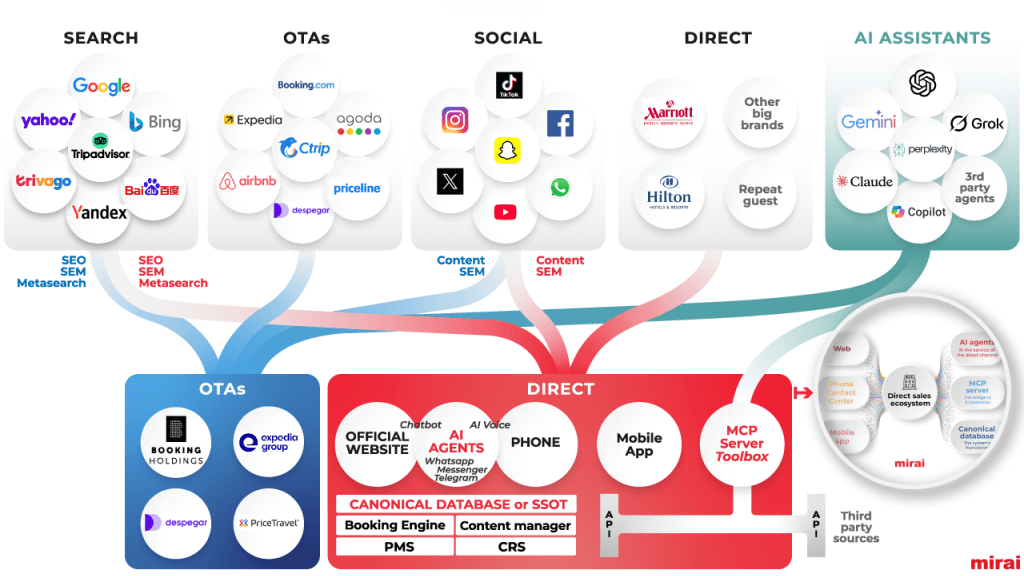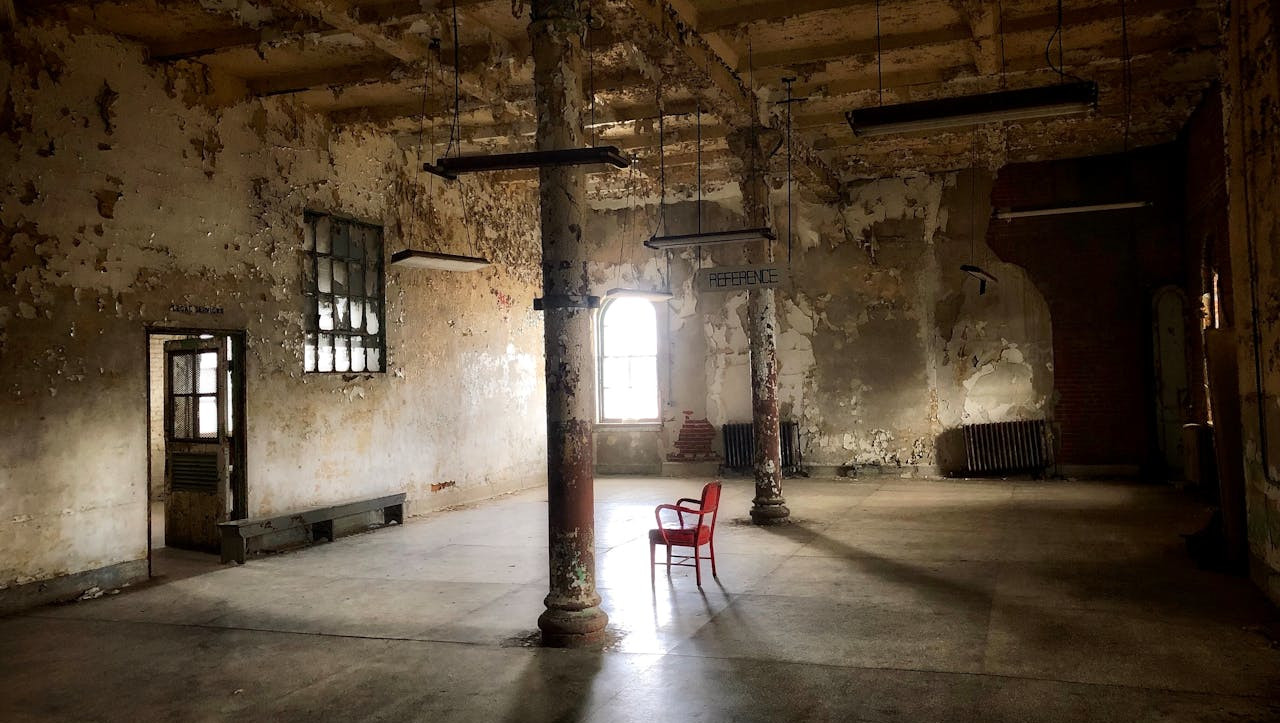Setting the right room rates, at right time, to attract the right guests and maximize revenue can feel like an impossible task. The ongoing manual calculations and pricing updates across all your distribution channels are huge headaches to most hoteliers, especially if pricing isn’t your only responsibility at your property.
NB: This is an article from RoomPriceGenie, one of our Expert Partners
Subscribe to our weekly newsletter and stay up to date
While it might be simple for us to tell you that all you need to do is get a revenue management system (RMS) and it will do all the hard work for you, but I also understand that switching to a high-tech solution, when you’re used to using Excel spreadsheets to calculate your pricing, might feel a bit overwhelming.
Never fear… I’m here today to give you all the info you need to feel more confident about establishing the best pricing strategies for today’s dynamic market and understand the importance of an RMS in supporting them.
How and why should you set business objectives for your property?
In the hospitality industry, setting business objectives involves establishing short- and long-term goals related to several key metrics, including RevPAR, occupancy and average daily rate (ADR).
First, assess how much revenue your property is making and the current occupancy levels. Compare these figures with those from the previous year to identify areas for improvement. Key metrics to focus on include Revenue per Available Room (RevPAR), which combines occupancy and ADR to give a comprehensive view of performance and reflect how well you are using your available inventory.
Set specific targets for total revenue, ADR, and RevPAR based on past performance and future goals. This helps ensure you’re not underselling rooms too far in advance or overpricing them at the last minute, which could lead to last-minute price drops to fill rooms. Regularly track these metrics to stay on course and adjust strategies as needed to optimize revenue and occupancy.
How can you use data to improve your pricing strategy?
In revenue management, leveraging data is crucial to developing effective pricing strategies. Knowledge derived from data empowers us to make smarter decisions more quickly and improve overall performance. Here’s how to effectively use data to enhance your pricing strategies:
Learn from the past
Use reports from your property management system (PMS) to analyze historical data. This can help you understand past performance and make informed decisions about future pricing. For example, if your booking report reveals a high volume of deeply discounted rates through an OTA channel well in advance, it may indicate that you’re allocating too much inventory to that channel. Adjusting your distribution accordingly will help you maximize revenue closer to the booking date.
Booking window insights
Pay close attention to your booking window. If you notice that deeply discounted rooms are being booked far in advance (90 days out) while your typical booking window is only 14 days, it suggests you might be offering discounts prematurely. This insight allows you to change your strategy to offer discounts more strategically, maximizing your revenue opportunities.
Understand the market segments that are most interested in booking with your property
It’s important to understand the type(s) of guests who book at your property, most frequently.
Are your guests primarily corporate or leisure travelers?
What booking behaviours are consistent with your guests?
Do they have shared price sensitivities?
Knowing the answer to these questions will help you improve your marketing strategy by developing promotions that will target these audiences and convert more bookings. This is particularly important during times of low demand and/or when you’re struggling to fill rooms closer to the arrival date, as you might need to adjust your pricing or offer a discounted to drive more traffic.
Use PMS reports strategically to monitor your performance
Use reports from your PMS to track crucial metrics, including occupancy rates, average daily rates and revenue per available room (RevPAR). Accurate reporting can help you understand when it is necessary to pivot strategies quickly to address performance issues or to capture potential revenue opportunities. For example, if you have high occupancy but low RevPAR, you should consider increasing rates to match the current market or adjusting your marketing strategies to maximise revenue.
Ensure you are collecting the right data
Make sure that your data is accurate because it happens often that hotels’ reports are collecting the wrong data. To be sure, train your staff to ensure they are correctly filling in PMS fields for each reservation, as this will improve the quality of your data.
Compare your property’s performance with market data
This helps you understand if you’re on the right track. For example, if your value-for-money scores on OTA sites are significantly higher than your competitors, it might indicate you have room to increase prices. Conversely, if your scores are lower, you may need to enhance your offerings or adjust prices.
How can you properly leverage data without hiring a full-time revenue manager?
The least time-consuming way to consistently monitor and update your pricing accordingly is to implement a revenue management system (RMS) to track demand and pricing fluctuations, and your market position automatically.
What data should you use to calculate your property’s rates?
When setting your rates, there are many possible data sources to consider, given the vast amount of data available to hoteliers today, but they all aren’t necessarily applicable to all properties. To determine which data would be most important for your property to use when establishing your pricing, consider the following:
Size and location of your property
Larger properties with more revenue management-related resources should delve deeper into data analysis, while smaller properties might start with basic comparisons.
Monitor your comp set’s pricing & offerings
Examine your competitors’ pricing to better understand their revenue management strategies. Also, take into consideration the amenities they offer and their reputation scores on the online booking channels.
Your property’s offerings
It’s important that you are comparing your rates and strategies with your direct competitors, who offer similar amenities, with comparable reputation scores, etc. (For example, if you only offer breakfast, you should not compare your rates directly with resorts that provide all-day meal service.) Each individual amenity adds value and can influence how guests perceive the value of your property so they should also be considered when establishing your pricing strategy.
Set realistic goals
Finally, set realistic revenue goals based on your property’s unique characteristics and business objectives.
Whether you aim to maximize revenue to the last percentage point or take a more straightforward approach, understanding these variables will help you set competitive and profitable rates.
How do you know you are pricing your rooms properly?
To know if you’re on the right track with your pricing, you need to monitor both your property data and market data. Start by ensuring you have a clear budget and objectives. If your occupancy rates are consistently around 85-90% during high-demand periods, and your lead times are reasonable, you’re likely maximizing revenue effectively. However, if you’re reaching high occupancy too far in advance, it suggests you may have priced too low, losing out on opportunities for potential revenue.
Additionally, review your value-for-money scores on OTAs and/or review sites, because potential guests’ perception of your property is an important factor in effectively pricing your property. If your property has good reputation scores, it suggests that your guests perceive your service offerings as strong when compared to your pricing; keep in mind that if your guest reviews are high and your occupancy is constantly being filled up well in advance, you could likely increase your room rates and still sustain consistent (albeit slightly lower) occupancy, while maximizing revenue opportunities. If your reputation scores are low and occupancy is also sluggish, it suggests that you might be overcharging for your rooms (and that you have important work to do to improve the service levels offered at your property).
To ensure that you are always pricing yourself at the optimal rate to maximize both bookings and revenue, it’s crucial to monitor your booking pace, competitor pricing and customer value perception on an ongoing basis.
How frequently should you review your pricing performance?
Determining the frequency of pricing performance reviews is crucial and varies depending on several factors, such as the size and type of property and the tools that you have available to you for managing your room rates. For large properties, like a 400-room hotel near an airport, frequent price checks are essential due to the high volume of bookings and the competitive nature of the market. In contrast, small, family-run hotels may find that it isn’t necessary to review their performance as frequently.
Properties using with a RMS (even smaller establishments with 10-30 rooms) can efficiently manage pricing by conducting strategic reviews 3-4 times a month, as you can be confident that the RMS is keeping your pricing in line with market demand and competitive pricing automatically, as the market changes.
Ultimately, the goal is to find a balance that suits your property’s specific needs, enabling you to optimize your pricing while dedicating more time to improving guest experiences and overall operational efficiency.
Hopefully, this article has answered some of the most important questions that you had about how to implement dynamic pricing at your property. Given the unpredictability of the current hospitality market, it’s important that hotels update their pricing based on the current supply and demand in their local market on a regular basis in order to stay competitive; however, without automated tools (like RoomPriceGenie’s RMS), the process of executing these pricing updates manually will become overwhelming and still fall short. Implementing a reliable pricing tool can significantly reduce the manual workload, automating daily price adjustments and allowing you to focus on strategic tasks such as enhancing guest services and training staff.
Want to learn more about how to implement automated pricing strategies at your property? Watch our recent webinar, “Increase Revenue with the Right Pricing Strategies,” featuring 3 of our experts sharing their best pricing tips and tricks: https://hubs.ly/Q02HWCql0





